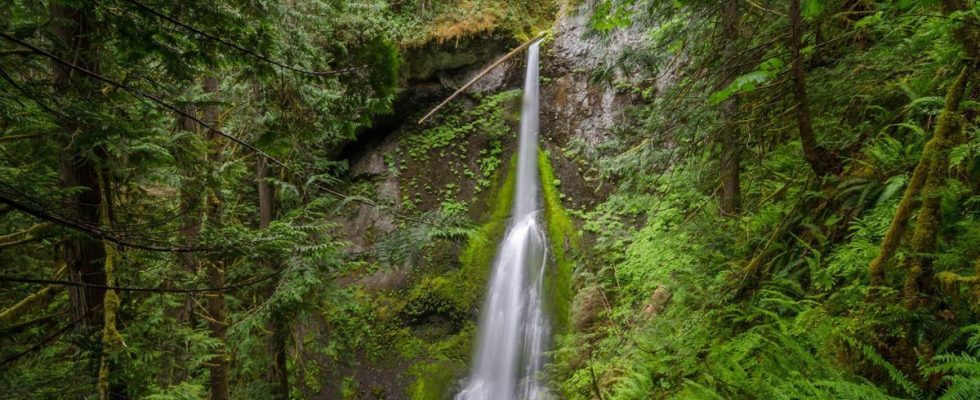Published on
Updated
Reading 3 min.
Scientists are unanimous: nature plays a significant role in well-being. But not everyone is lucky enough to live near a forest or the sea, which means that place of residence can influence mental health. Fortunately, this is not irremediable. A new study reveals that virtual immersion in nature could be enough to reduce stress and relax, especially among adolescents.
The transition from adolescence to adulthood is not a smooth one, as this period represents one of the most difficult in terms of mental health. And the Covid-19 pandemic is far from having helped things. In 2021, at the heart of the health crisis, the World Health Organization (WHO) estimated that 14% of young people aged 10 to 19 suffer from mental disorders, including depression, anxiety and behavioral disorders. An alarming figure which has pushed the health authority to call for the implementation of strategies to prevent these disorders and meet the needs of this young population. It is therefore not surprising that scientists are now looking into possible answers to be provided specifically to this public.
A team of researchers from the Department of Psychology at the University of Exeter looked at the influence of nature on the mental health of a group of 76 adolescents and young adults aged 18 to 25. The idea? To determine if a virtual immersion in nature, rather than in an urban environment, could have a positive effect on their well-being, in the same way – or almost – as a real walk in the forest. A surprising concept at first glance but which could help those who live in the city, without access, or very little, to blue and green spaces.
Less stress thanks to a simple video
For the purposes of this work, the participants were divided into two groups. The first was invited to watch a brief six-minute nature video with immersive visual and auditory characteristics of blue and green spaces, akin to a walk in the forest, along a river. The second was invited to view a video evoking an urban environment, inside a London underground, under the same conditions (duration, sounds, etc.).
At the end of this research, published in the journal Nature: Scientific Reports, scientists observed many positive changes in the group subjected to virtual immersion in nature, on several levels. Not only did the nature video result in a “significant reduction” in stress among participants, but it also increased levels of relaxation and positive mood. And this, unlike immersion in an urban environment. Be careful, however, the video evoking a walk in the forest had no impact on the depressive state, just like the one immersing the participants in the London underground.
“Our results support the two general hypotheses that brief exposure to an immersive nature video, compared to an urban comparison condition, would reduce stress and improve indices of mental well-being among adolescents and increase connectedness to nature. nature“, explain the researchers. This work could contribute to the emergence of new strategies intended to support adolescents with mental disorders who do not have access to green and blue spaces. Something necessary, if not essential, if we consider that 50% of mental disorders appear during adolescence, as the authors of the study reveal, and 75% before the age of 24. But the researchers also emphasize certain limits: these virtual immersions do not can in no way replace nature, the true one.
Nothing better than “real experience”
“Virtual exposure to natural environments can help improve mental well-being and even prevent mental illness, and may be appropriate for people who have difficulty going outside, are agoraphobic, socially phobic, or suffer from a lack of motivation linked to depression. However, (…) we are not suggesting that virtual exposure to nature replaces real experience. Rather, the virtual exhibition could be used as a self-help intervention, a complement to therapy or reserved for those for whom access to nature is difficult, whether due to individual factors or systemic inequalities“, they conclude.
